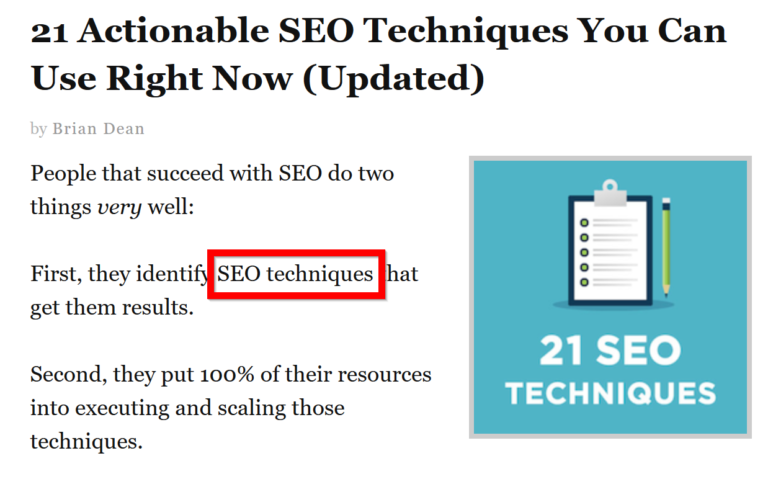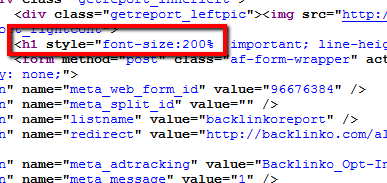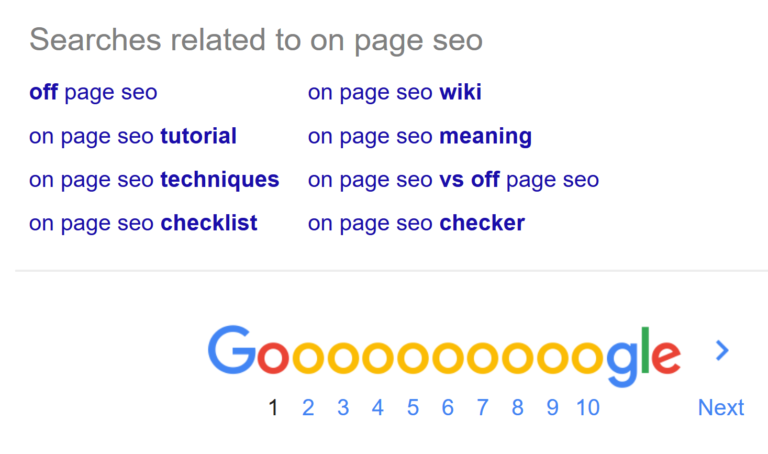Add Modifiers For Your Title
Using modifiers like “2016”, “ ”, “guide” that is best, and “review” will allow you to rank for long tail versions of your target key word.
Use SEO-Friendly URLs
Google has said that the first 3-5 words in a URL are given more weight. So make your URLs short and sweet. And always contain your target key word in your URL. In other words: Avoid horrible URLs: domain.com/p=123 Or URLs: domain.com/8/6/16/cat=SEO/on-page-seo-is-so-amazing-omg-its-the-best
Start Title With Keyword
Your title tag is the most important on-page SEO factor. In general, the closer the key word would be to the beginning of the name tag, the more weight it has with search engines like google. You don’t consistently need to start your title tag by means of your target key word. But when there’s a key word that you’re gunning for, attempt to put it towards the beginning of your name.

Use Societal Sharing Buttons
Societal signs might not play a primary role in ranking your website. But shares that are societal create more eyeballs on your own articles.
And the more eyeballs you get, the more likely someone is to link for you. So don’t be shy about placing societal sharing buttons prominently on your own website. In fact, a study by BrightEdge found that social sharing can be increased by outstanding social sharing buttons .
Social signs aren’t an important part of the Google algorithm. But you may be given an indirect rankings boost by social shares on sites such as Facebook, Twitter and Google.
Shed Keyword in 100 Words
Your keyword should appear in the first 100 -150 words of your article. example of using key word in first 100 words This is something which you probably do naturally.
But lots of individuals use their key word for the first time and start their posts off using a long, meandering intro… CONSIDERABLY after.
Instead, lose your keyword somewhere in the very first 100 words or so. This helps Google comprehend what your page is really all about.

Use Reactive Layout
Google started penalizing unfriendly sites that were mobile in 2015. And they crack down even more in the future. Should you prefer to make your site mobile-friendly, I urge Responsive Layout.
I’d be surprised if your website isn’t mobile- friendly yet. But when it’sn’t, possibly the incentive of more search engine traffic will drive one to take the jump.
And if you’re going to create your site mobile-friendly, I STRONGLY recommend design that is responsive. For me, it’s perfect for user experience. It is preferred by plus Google.
Wrap Your Website Post Title within an H1 Tag
The H1 tag is your headline tag” that is “. Most CMS’s (like WordPress) automatically add the H1 tag to your own blog post name. You’re all set if that’s the case.
But this setting is overridden by some subjects. Check your website’s code to ensure that your name gets the H1 love it deserves. I used to suppose until I really looked at my site’s code that WordPress hooked up my post names with H1 tags.
Then I realized that WordPress themes occasionally use H1 tags to improve text size. For instance, my email opt-in place was once enveloped in an H1 tag: It’s worth checking out your website’s code to ensure you have just one H1 tag per page. And that H1 tag should include your target keyword.

Sprinkle LSI Key Words
LSI keywords are synonyms that Google uses to determine a page’s relevancy (and possibly quality). Scatter them into every post.
I do because I generally write EXTREMELY content n’t go nuts about LSI keywords.
(Long content raises the likelihood that you’ll naturally use LSI keywords). But in case you want to make 100% sure that you’re using LSI key words, search for the key word in Google and scroll down to the “Searches Related to…” place at the underparts of the the page: Toss one or two of these into your post.
